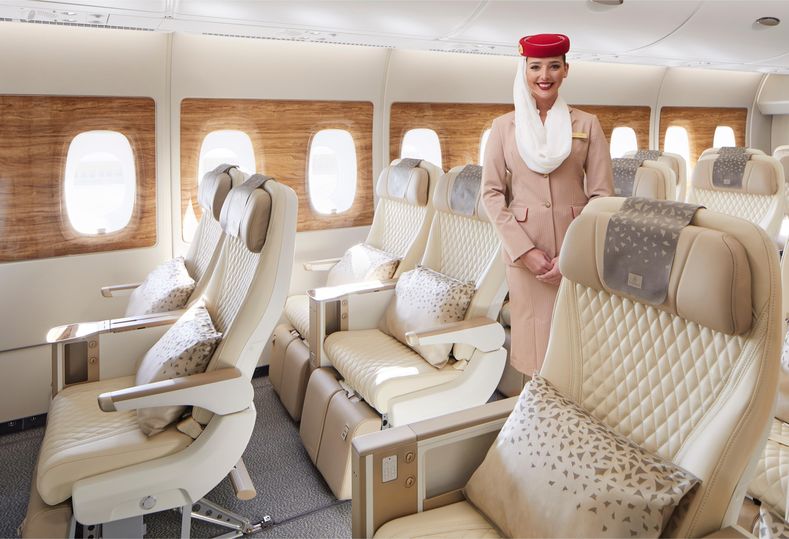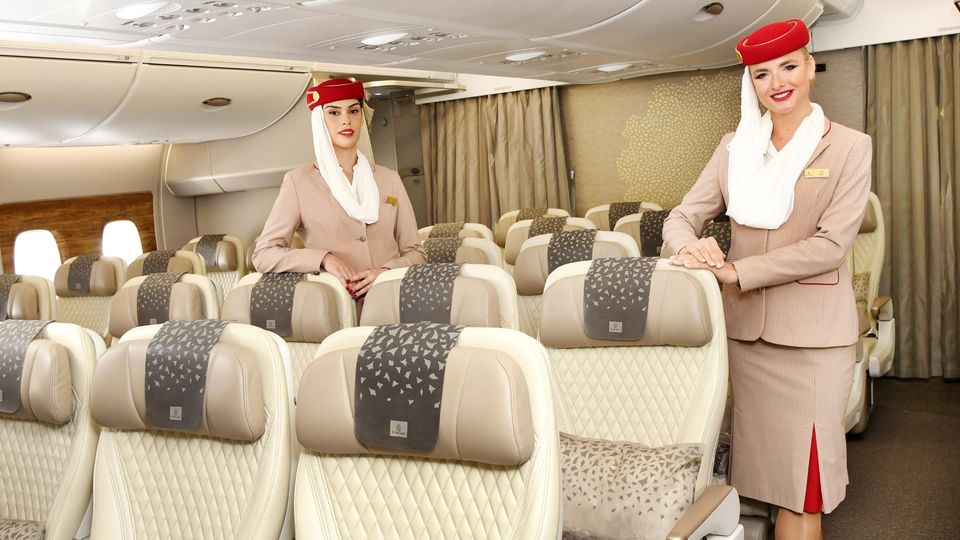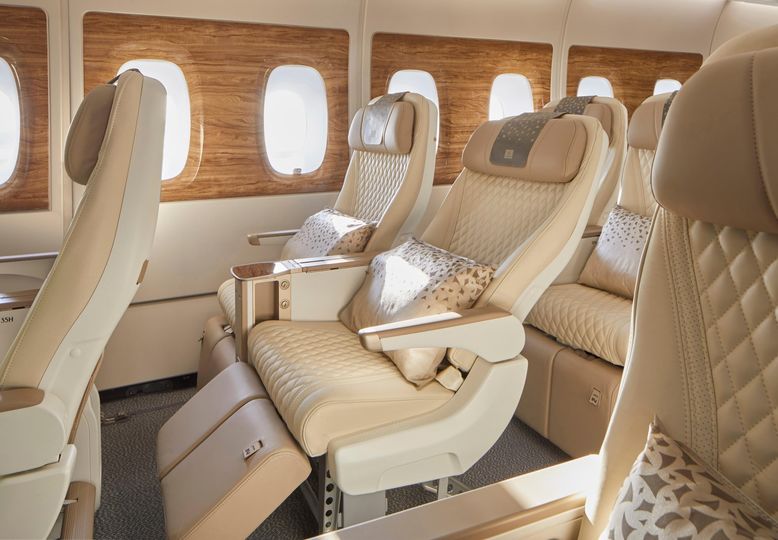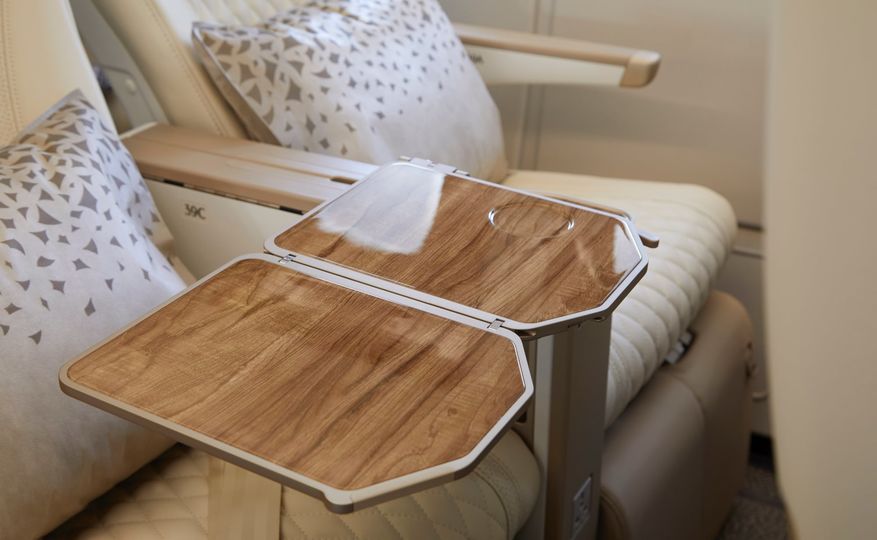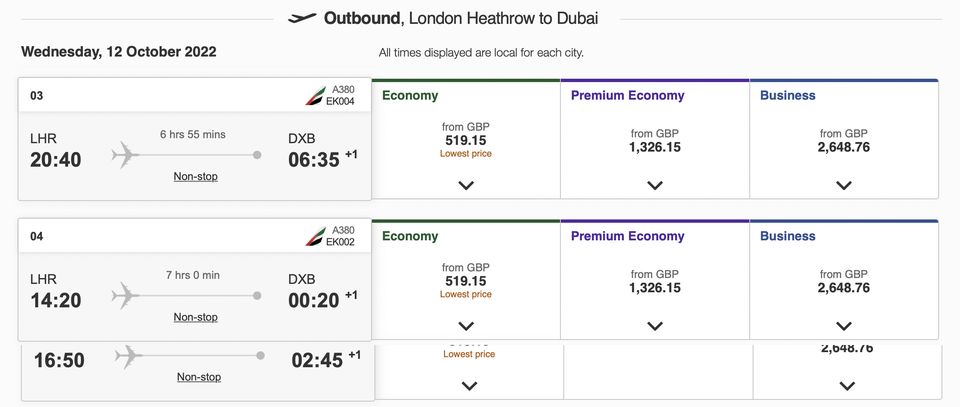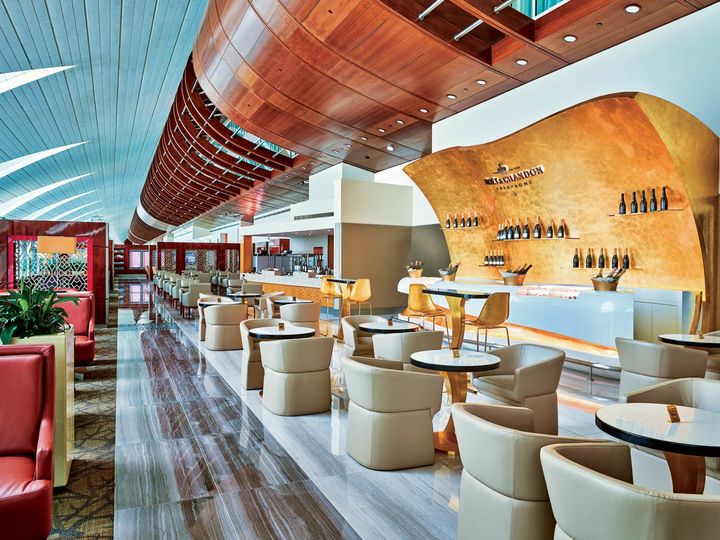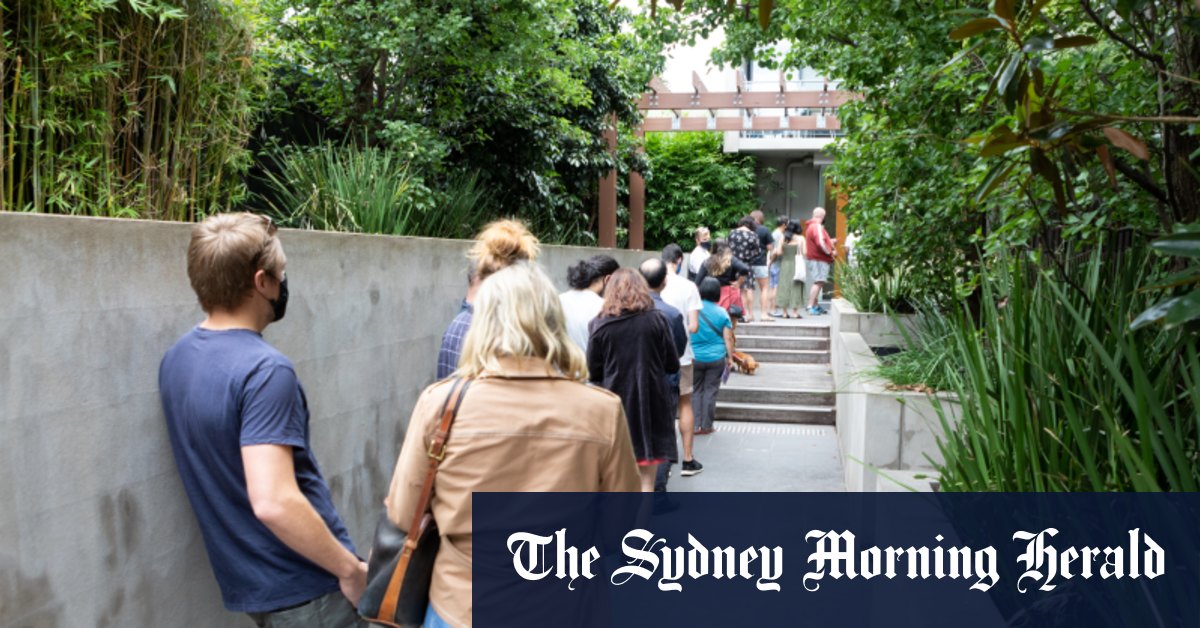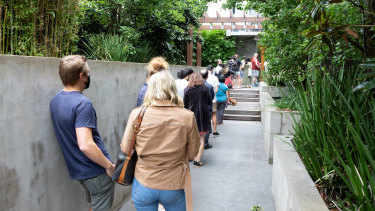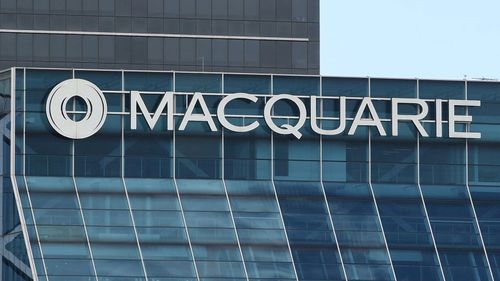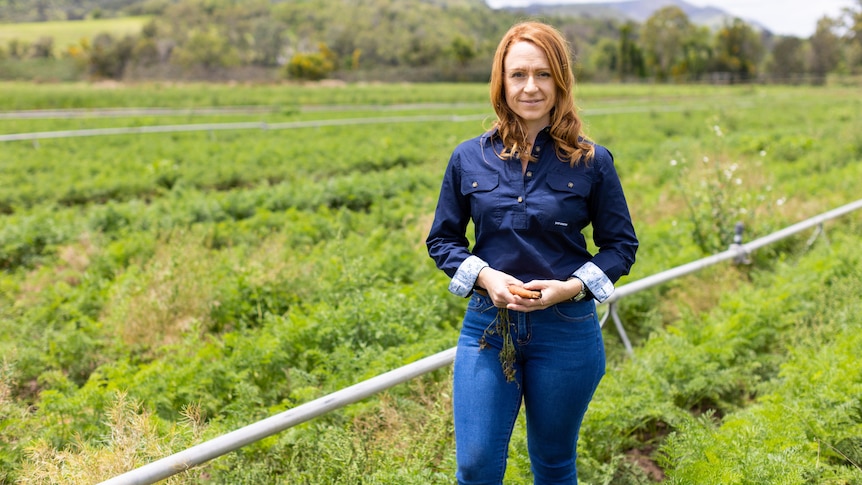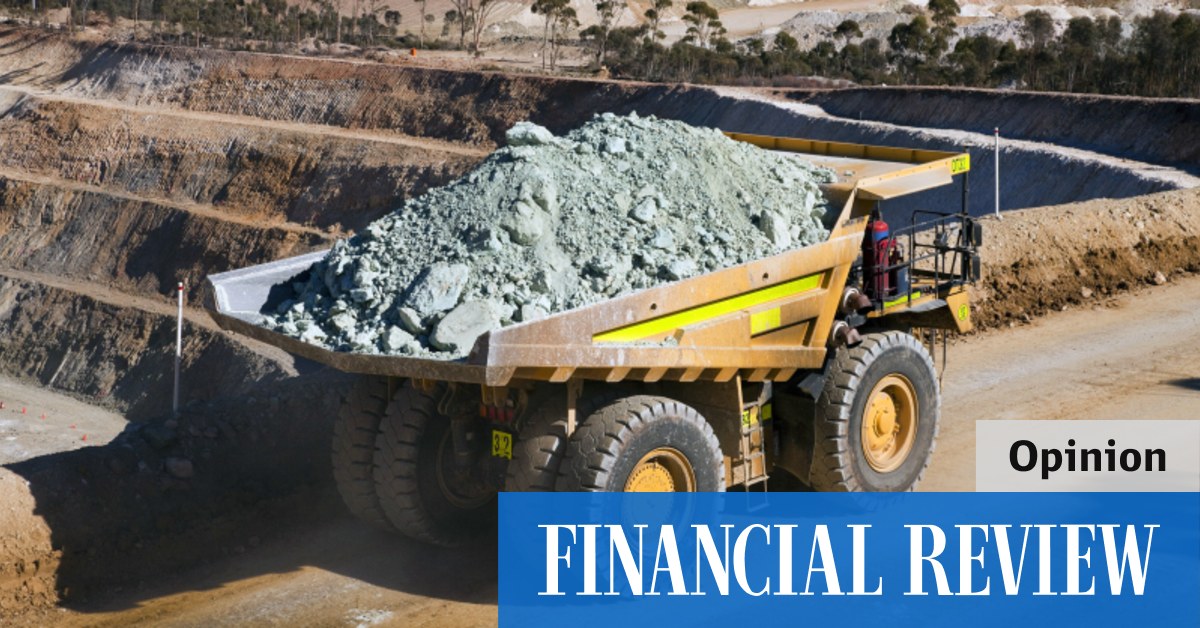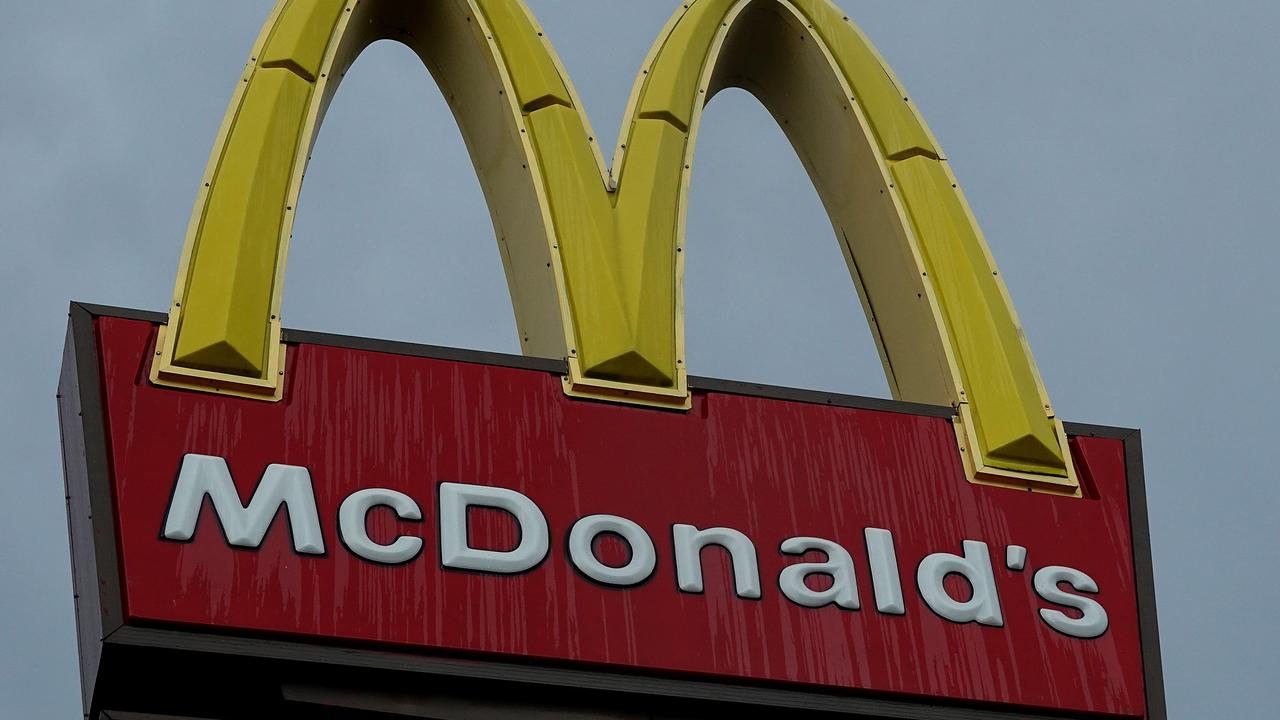The separation of InfraCo Fixed has the potential to create a business worth at least $30 billion, given it is seven times the size of InfraCo Towers. Chanticleer’s $30 billion estimate assumes a conservative 20 times EBITDA valuation.
Those who want to judge Penn on the share price plunge since his appointment in May 2015 should not ignore the brutal external environment in the telco sector over that period.
Fight over mobile market share
In the past decade, the economics of the industry have been awful. Capital investment in fixed line and mobile infrastructure has doubled, but revenue has remained the same.
Some observers will blame this on Penn and his peers, who engaged in a fight over mobile market share. Penn made a conscious decision to hold on to Telstra’s mobile share and this helps explain why average revenue per user plunged in the four years leading up to 2020.
It is only in the past 18 months to two years that industry dynamics have improved. ARPU has been increasing at Telstra and at its rivals. The entire mobile industry is now in an upward pricing cycle.
Penn admits in a valedictory interview ahead of the release of the 2022 financial results next week that Telstra severely underestimated the impact of the roll-out of the government-owned wholesale broadband provider, NBN Co.
He says there was a period leading up to his T22 strategy in 2018 when the company’s response to the looming loss of profits caused by NBN Co was to seek growth in areas outside the company’s core capability.
“We knew NBN was going to have an economic and operational impact, but we were looking too much to external sources of growth to offset it,” he says.
Penn lists a number of investments that failed to deliver, including the purchase of video streaming analytics company Ooyala. It cost about $500 million and was later written down to zero.
Other forays into so-called growth assets were investments in software companies and in health.
Penn says that while Telstra Health is “in a great place now”, it and other investments “distracted the company from really tackling the core issue, which was we had to fundamentally transform the core telco business”.
His wake-up call about the importance of the core telco business came with a succession of outages in fixed-line and mobile services culminating in the May 2016 outage.
The outages prompted Penn to invest $3 billion in the network.
His T22 strategy fundamentally changed the way in which Telstra approached technology investment. Also, as shown by the creation of InfraCo Towers and InfraCo Fixed, Penn recognized the need to unlock value.
More efficient structure
His tenure was accompanied by a cost-cutting program that slashed the number of employees. In 2015, there were 36,000 full-time employees and 38,000 contractors. Now, there are 26,000 full-time employees and 19,000 contractors.
The move to a more efficient corporate structure was essential, given that NBN Co’s arrival wiped out $3.6 billion from Telstra’s EBITDA.
Penn says the magnitude of the hit to Telstra’s profits was even greater when seen through the lens of net profit. This halved because Telstra retained the capital-intensive assets which required depreciation and amortization.
Penn joined Telstra as chief financial officer in March 2012 and in May 2014 he added the role of group executive international.
One of his lesser-known achievements was renegotiating Telstra’s commercial relationship with the Murdoch-owned Foxtel. This was a masterclass in deal-making.
Telstra owned half of Foxtel, a business with lots of debt and little earnings, while Murdoch enjoyed the profits from Fox Sports. He swapped that for 35 per cent of the combined Foxtel and Fox Sports while forcing Murdoch to take on the debt.
Penn will maintain his role as chairman of the federal government’s Cybersecurity Advisory Committee.
His tenure at Telstra includes one of the most significant moves by Australian business into diplomacy and government policy, through the purchase of Digicel, a mobile provider in the Pacific.
Telstra contributed $US270 million ($385 million) of equity to the $US1.6 billion purchase price.


